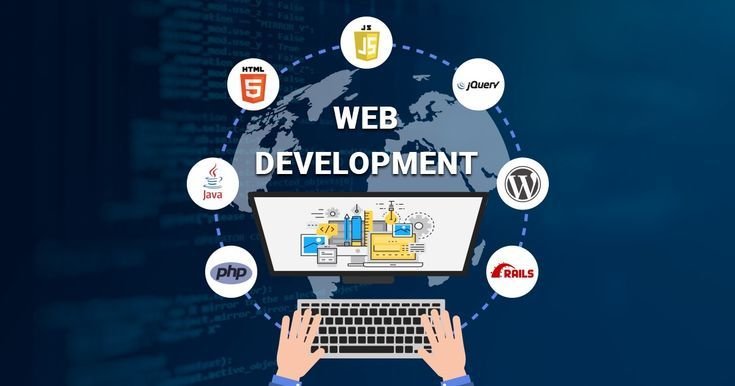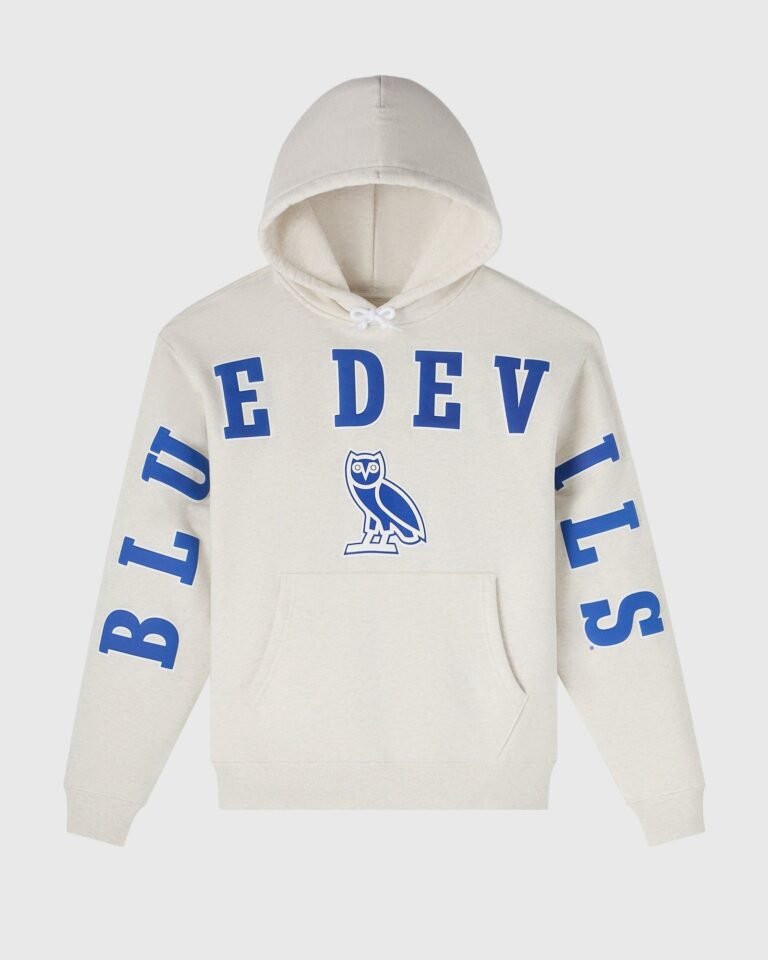The financial sector has historically been dominated by centralized institutions such as banks, stock exchanges, and payment processors, which control access to capital, determine interest rates, and regulate transactions. While these institutions have provided stability and security, they also impose limitations on accessibility, speed, and transparency. Many individuals and businesses face barriers such as lengthy approval processes, high fees, and geographic restrictions, which can prevent seamless financial participation.
Over the past decade, blockchain technology has introduced a revolutionary paradigm shift in the form of decentralized finance, or DeFi. DeFi leverages blockchain protocols and smart contracts to recreate traditional financial services in a decentralized and trustless environment. Centralized intermediaries are replaced by algorithms and code, allowing users to lend, borrow, trade, and invest without relying on banks or brokers. At the core of this system are DeFi tokens—digital assets that serve as the backbone for decentralized applications (dApps), governance systems, and financial ecosystems.
DeFi token development is transforming not only how value is exchanged but also how financial systems operate on a global scale. By enabling permissionless access, automated governance, and programmable money, DeFi tokens are reshaping modern finance and democratizing opportunities for investors, developers, and users worldwide.
Understanding DeFi Tokens
What Are DeFi Tokens?
DeFi tokens are digital assets built on blockchain networks, primarily Ethereum, Binance Smart Chain, and other smart contract platforms, that power decentralized financial applications. Unlike traditional currencies or securities, DeFi tokens are programmable and can be designed to serve multiple purposes. They can function as governance tokens, granting holders voting rights over protocol upgrades; utility tokens, providing access to services within a platform; or collateral assets, enabling lending, borrowing, and staking.
These tokens are often integrated into smart contracts, which execute predefined operations without human intervention. For example, lending protocols like Aave and Compound use DeFi tokens to manage interest rates and collateral in real time, providing transparent and automated financial services. The programmability of these tokens allows developers to design complex financial instruments that were previously possible only in traditional finance through manual oversight and institutional approval.
Types of DeFi Tokens
DeFi tokens can be broadly classified into several categories based on their use case. Governance tokens allow users to participate in decision-making processes, influencing how protocols evolve. Utility tokens serve functional purposes within a platform, such as transaction fees or staking rewards. Collateralized tokens are used in lending and borrowing applications, providing liquidity and securing financial operations. Some DeFi tokens also represent synthetic assets, mirroring the value of real-world assets such as stocks, commodities, or currencies, enabling decentralized trading without intermediaries.
The diversity of token types highlights the flexibility of DeFi systems and their ability to replicate, and in some cases improve upon, traditional financial instruments. By offering programmable, transparent, and decentralized alternatives, DeFi tokens expand access to sophisticated financial tools for anyone with an internet connection.
How DeFi Token Development Reshapes Financial Systems
Breaking the Barrier of Centralization
Traditional financial systems rely heavily on centralized intermediaries, which control the flow of funds and access to services. DeFi token development removes the need for these intermediaries by embedding financial operations directly into blockchain protocols. Transactions are peer-to-peer and governed by smart contracts, allowing users to retain full control over their assets.
This decentralization offers several benefits. It reduces the risk of censorship or arbitrary restrictions on access to financial services. It also enhances security, as smart contracts operate transparently on the blockchain, minimizing the possibility of fraud or manipulation. Moreover, decentralized systems are more resilient to systemic failures, as there is no single point of failure that can disrupt the entire network.
By breaking centralized control, DeFi tokens democratize financial access, allowing individuals and businesses worldwide to participate in lending, borrowing, and trading without geographic or institutional limitations.
Enhancing Liquidity and Market Efficiency
DeFi tokens facilitate the creation of highly liquid financial markets. Unlike traditional markets, which are often segmented by geography, intermediaries, and regulatory restrictions, DeFi protocols allow for global access to liquidity pools. Users can supply assets to these pools and earn returns while others borrow or trade against the same pool.
This liquidity has several implications for market efficiency. First, it reduces friction in trading, enabling near-instant settlement and reducing transaction costs. Second, it promotes price discovery, as assets are continuously valued based on supply and demand within decentralized networks. Third, it fosters innovation in financial instruments, allowing the creation of derivatives, synthetic assets, and automated market makers (AMMs) that operate without human intervention.
The ability of DeFi tokens to aggregate liquidity and streamline trading represents a significant evolution from traditional markets, where liquidity is often fragmented and subject to institutional constraints.
Democratizing Financial Access
One of the most profound impacts of DeFi token development is the democratization of financial services. Traditional finance often excludes individuals without established credit histories, access to banks, or sufficient capital. DeFi protocols, by contrast, are permissionless and open to anyone with a digital wallet and internet connection.
This inclusivity empowers underserved populations to access lending, borrowing, and investment opportunities previously unavailable to them. Microloans, fractional investments, and yield farming initiatives allow users to participate in financial activities on scales that suit their individual capabilities. By removing intermediaries and lowering barriers to entry, DeFi tokens foster financial inclusion and expand economic participation globally.
Programmable and Automated Financial Services
DeFi tokens are inherently programmable, allowing developers to design automated financial operations that reduce reliance on human oversight. Smart contracts can execute complex financial logic, such as distributing interest payments, reallocating collateral, or triggering liquidations in real time.
This automation increases efficiency, reduces operational costs, and minimizes human error. It also enables innovative financial products, such as algorithmic stablecoins, automated yield optimization strategies, and decentralized insurance protocols. These programmable capabilities allow financial systems to evolve more rapidly and respond dynamically to changing market conditions, creating a level of flexibility that traditional finance often struggles to achieve.
Redefining Governance and Trust
DeFi token development also transforms how governance is conducted in financial systems. Governance tokens allow users to participate in decision-making processes, such as protocol upgrades, fee structures, and asset listings. This distributed governance model replaces centralized authority with collective decision-making, aligning the interests of users with the long-term health of the platform.
Transparency is a key feature of this model. Since all governance actions and proposals are recorded on the blockchain, stakeholders can verify decisions, vote outcomes, and protocol changes in real time. This trustless environment reduces reliance on traditional institutions and fosters a community-driven approach to financial management.
Real-World Applications of DeFi Tokens
Lending and Borrowing Platforms
DeFi tokens underpin lending and borrowing platforms such as Aave, Compound, and MakerDAO. Users can deposit assets into liquidity pools and earn interest, while borrowers can access funds by providing collateral. Smart contracts automatically manage these operations, ensuring transparency and efficiency. The use of DeFi tokens in these protocols allows global access, permissionless borrowing, and flexible interest rate models, challenging traditional banking systems.
Decentralized Exchanges (DEXs)
Decentralized exchanges utilize DeFi tokens to enable peer-to-peer trading without intermediaries. Platforms like Uniswap and SushiSwap use liquidity pools and AMMs, allowing users to trade assets instantly. DeFi tokens serve as governance instruments, liquidity incentives, or collateral for transactions, reducing reliance on centralized exchanges and increasing market accessibility.
Stablecoins and Synthetic Assets
Stablecoins, which are often DeFi tokens pegged to fiat currencies or other assets, provide a reliable medium of exchange within decentralized ecosystems. They enable transactions, lending, and trading without exposure to cryptocurrency volatility. Synthetic assets, represented as DeFi tokens, mirror the value of real-world assets such as stocks, commodities, or indices, allowing users to gain exposure to these assets in a decentralized, programmable manner.
Yield Farming and Staking
Yield farming and staking initiatives leverage DeFi tokens to incentivize users to provide liquidity or participate in protocol governance. These strategies offer high returns compared to traditional financial instruments and encourage long-term engagement in decentralized ecosystems. By aligning incentives, DeFi token development fosters active participation and capital efficiency.
Risks and Challenges
Smart Contract Vulnerabilities
While DeFi tokens offer automation and transparency, they are dependent on smart contracts, which are not immune to coding errors or vulnerabilities. Hacks and exploits in poorly audited contracts can lead to significant financial losses, highlighting the importance of robust security measures.
Regulatory Uncertainty
The regulatory landscape for DeFi tokens remains in flux. Governments are still evaluating how to classify these digital assets, which can impact taxation, compliance, and investor protection. Uncertainty in regulations may affect adoption and integration with traditional financial systems.
Market Volatility
DeFi token markets are subject to high volatility, which can affect liquidity and the stability of financial operations. Investors must understand the risks associated with rapid price fluctuations and leverage mechanisms embedded in DeFi protocols.
The Future of DeFi Token Development
The evolution of DeFi token development points toward a financial ecosystem that is more inclusive, transparent, and efficient. Future innovations may include cross-chain interoperability, integration with traditional financial institutions, advanced risk management algorithms, and AI-powered financial analytics. As adoption grows, DeFi tokens could play a central role in shaping the future of global finance, providing alternatives to traditional banking, investment, and payment systems.
The ongoing development of DeFi tokens also encourages collaboration between decentralized platforms and regulatory bodies to establish frameworks that balance innovation with security. Over time, this balance could enable the integration of decentralized and centralized systems, combining the benefits of automation and transparency with regulatory compliance and institutional oversight.
Conclusion
DeFi token development is fundamentally reshaping modern financial systems by introducing decentralization, automation, and accessibility to financial services. These tokens enable programmable money, permissionless participation, and community-driven governance, challenging the traditional dominance of banks and financial intermediaries. They enhance liquidity, democratize access to investments, and create innovative financial instruments that operate efficiently on a global scale.
While challenges such as security risks, regulatory uncertainty, and market volatility remain, the potential benefits of DeFi token development are immense. By embracing these digital assets and the protocols they power, individuals, institutions, and developers can participate in a more inclusive, efficient, and resilient financial ecosystem. As technology and adoption continue to advance, DeFi tokens are poised to become a cornerstone of the modern financial landscape, reshaping how value is created, transferred, and managed in the 21st century.





